159
you are viewing a single comment's thread
view the rest of the comments
view the rest of the comments
this post was submitted on 04 Jul 2025
159 points (98.2% liked)
Technology
78300 readers
1052 users here now
This is a most excellent place for technology news and articles.
Our Rules
- Follow the lemmy.world rules.
- Only tech related news or articles.
- Be excellent to each other!
- Mod approved content bots can post up to 10 articles per day.
- Threads asking for personal tech support may be deleted.
- Politics threads may be removed.
- No memes allowed as posts, OK to post as comments.
- Only approved bots from the list below, this includes using AI responses and summaries. To ask if your bot can be added please contact a mod.
- Check for duplicates before posting, duplicates may be removed
- Accounts 7 days and younger will have their posts automatically removed.
Approved Bots
founded 2 years ago
MODERATORS
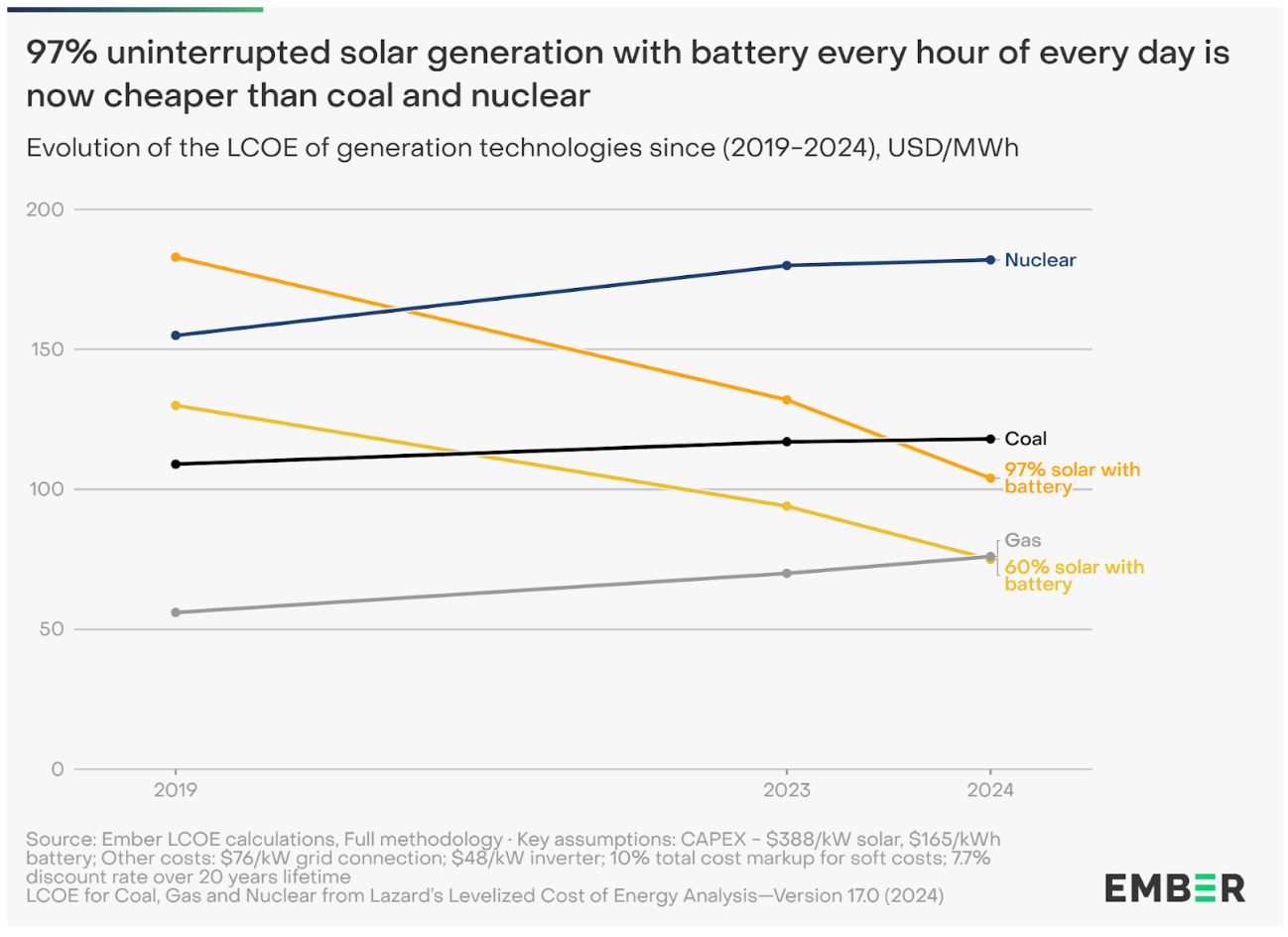
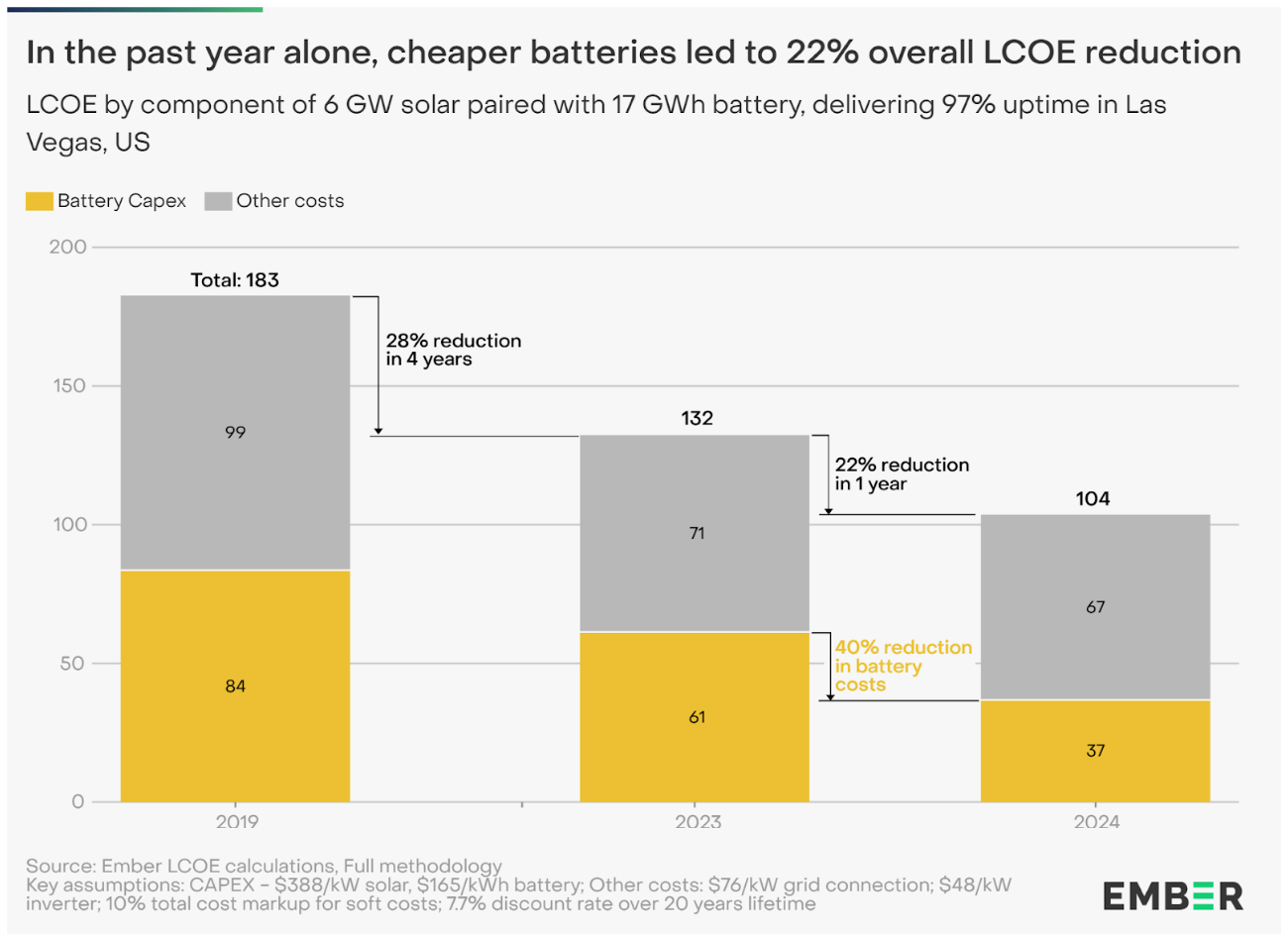
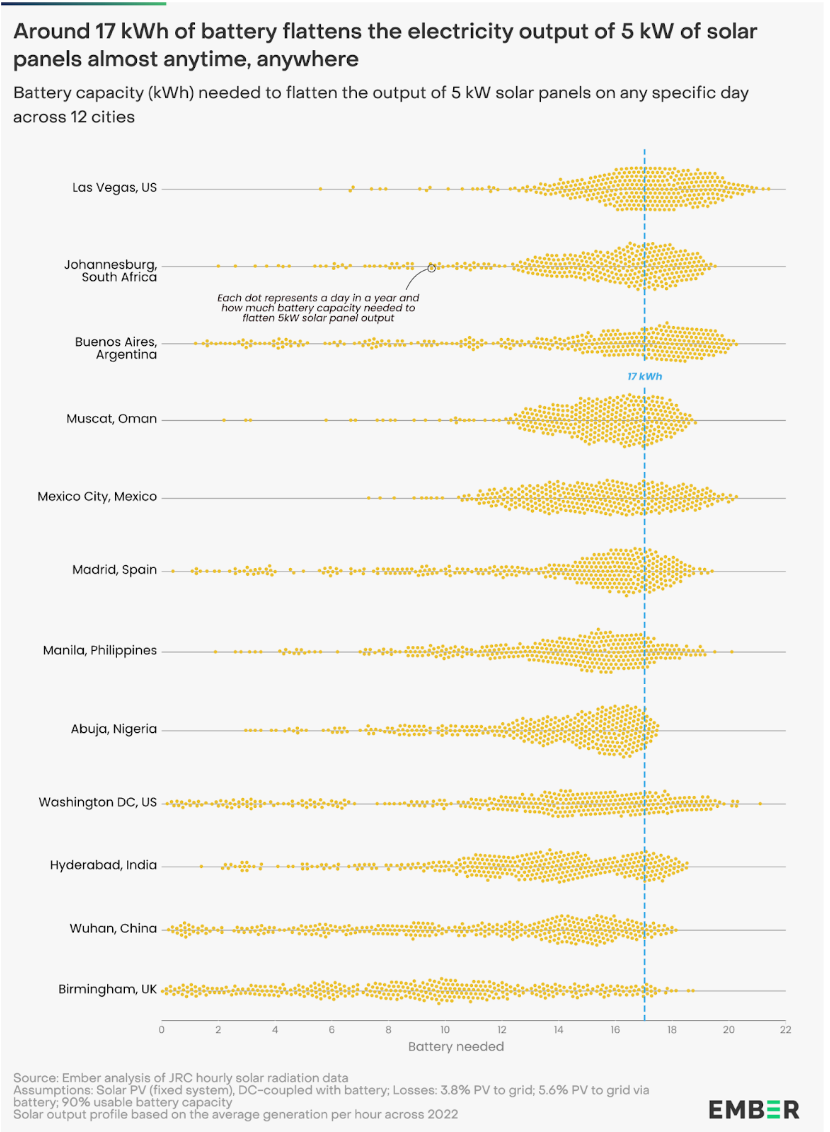
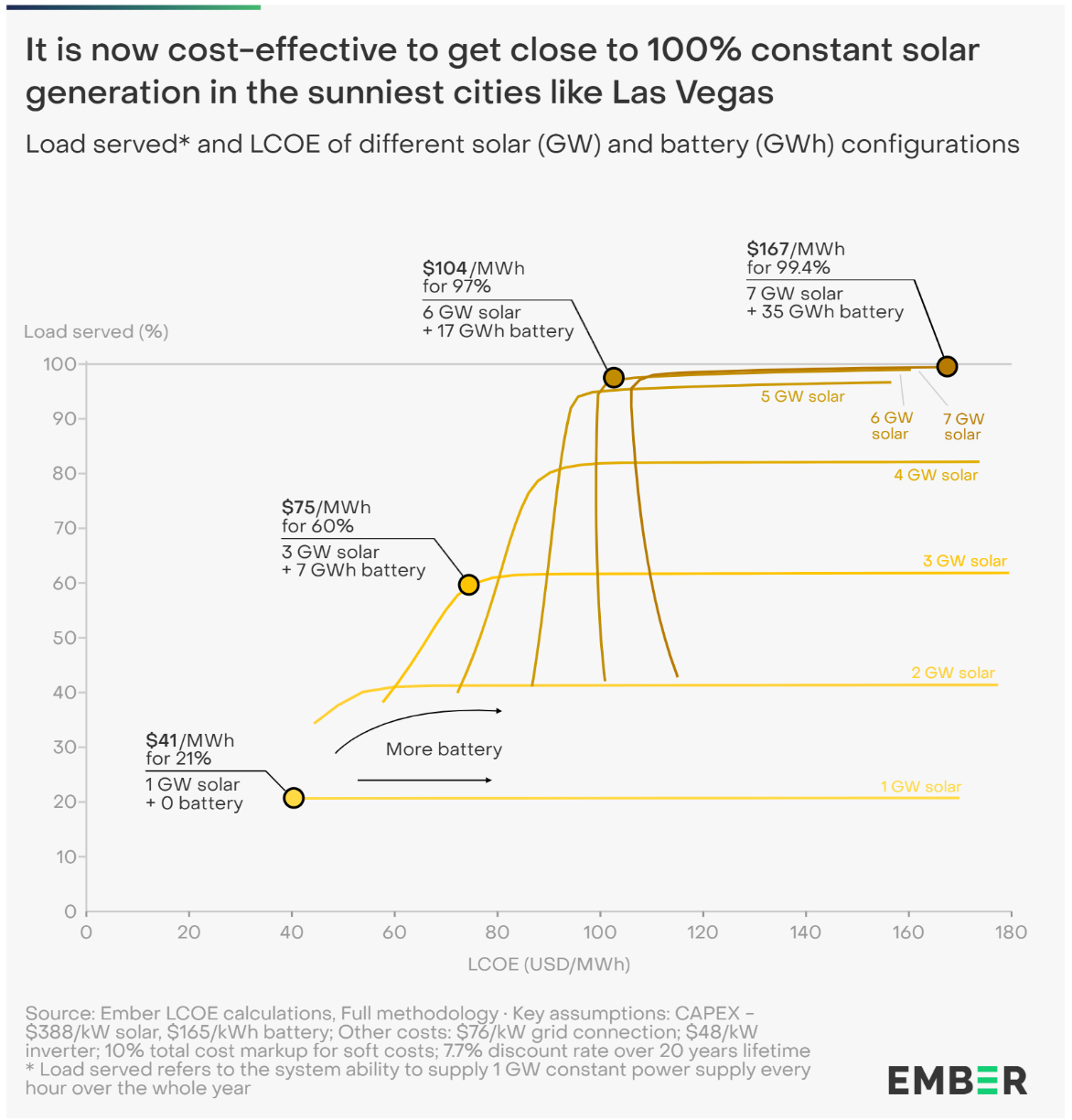
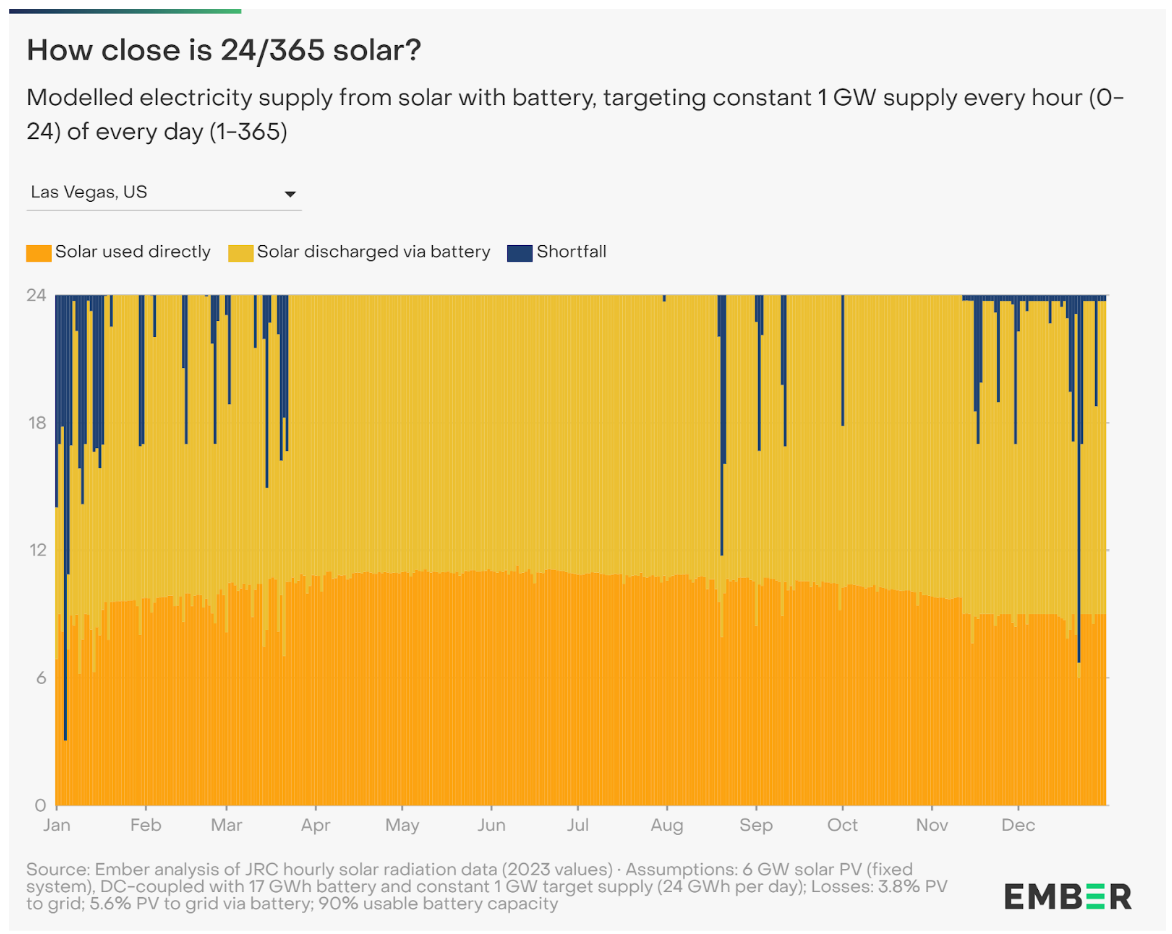
97% sounds impressive, but thats equivalent to almost an hour of blackout every day. Developed societies demand +99.99% availability from their grids.
Then get it from the sources that already exist. 97% coverage is a great milestone.
Funny enough lots of people hate that. Lots of people have binary thinking, it's either 100% coal or 100% solar.
Yeah, they do, and they pretend to be wise adults while doing it. Like they're the only ones who thought of this.
EVs, too. No, we don't have to wait until they can all do 1000 miles and charge in 5 minutes. 350 miles and 20 minute 10-80% charge is fine for the vast majority of the market.
Urgh, the ones that say "well my ice car can do 700 miles on a tank so until EV can do that I'm not doing it" annoy the hell out of me.
I know damn well they're never driven that far without stopping at least once
No, but I don't think you're appreciating how difficult it would be to fill that 3%. It's not just about having 3% more power from something. It's having it at the right time. It needs to be on demand. Having something on demand that has to cover all it's costs selling just 3% isn't easy.
It's more resilient to have mixed supply where multiple types of generation take a proportion. Then when one falls short another can scale up a little.
I understand, but other people lose their shit at not having that 3% and basically equate it to being 100% coal. I basically hear:"We're still burning coal, so it was a complete and total failure! B b both sides same."
97% is great (though that is just for vegas) but it is still a long way from enough. Its a truism of availability that each 9 of uptime is more difficult to get to than the last, i.e. 99.9% is significantly more difficult/expensive than 99%
The problem here is that you cant simultaneously say "Solar is so much better than everything else we should just build it" and "we'll just use other sources to cover the gaps". Either you calculate the costs needed to get solar up to very high availability or you advocate for mixed generation.
None of which is to say that solar shouldnt be deployed at scale, it should. We should be aware of its limitations howver and not fall prey to hype.
i’m sure you can squeeze out a measly 3% from wind and hydro, no?
using old/existing FFs 3% of the time instead of 100% is a 97% emission reduction.
The diagram shows that they fall short on winter mornings
My own modelling to decide what size battery I want for my house says it's easy almost every day, but when you have three rainy and overcast days in a row you need a battery far larger or an alternative. For me the alternative is the grid; at grid scale it's gas generators
If somebody has to keep that gas generator serviced only to run it on winter mornings, that electricity is going to be very pricey.
Indeed, but cheaper than enough batteries to cover those times
In the off grid home scale one I'd size and set the generator to run for several hours in a row to fully charge the battery on days when the battery was at a sufficiently low charge entering the night, at least that's what my current modelling suggests. Diesel gensets work best when running fully loaded for at least long enough to warm up
I guess at grid scale you find the sweet spot where most years the gas power station and batteries are balanced to provide cheapest power averaged over the year
It sound impressive, until you read it's Las Vegas. In places like Germany you have several weeks per year with neither enough sun nor wind. With backup power like gas turbines which run few weeks per year you have to subsidize the operators. And if you want run them on green hydrogen, massively overbuild the renewable capacity so that you can fill up gas storage during summertime.